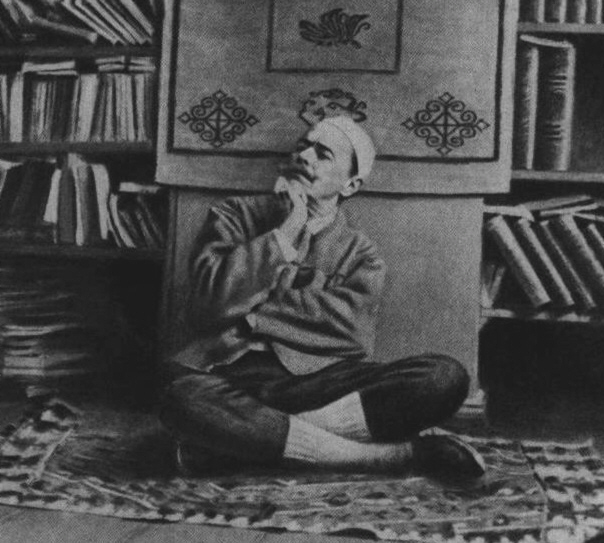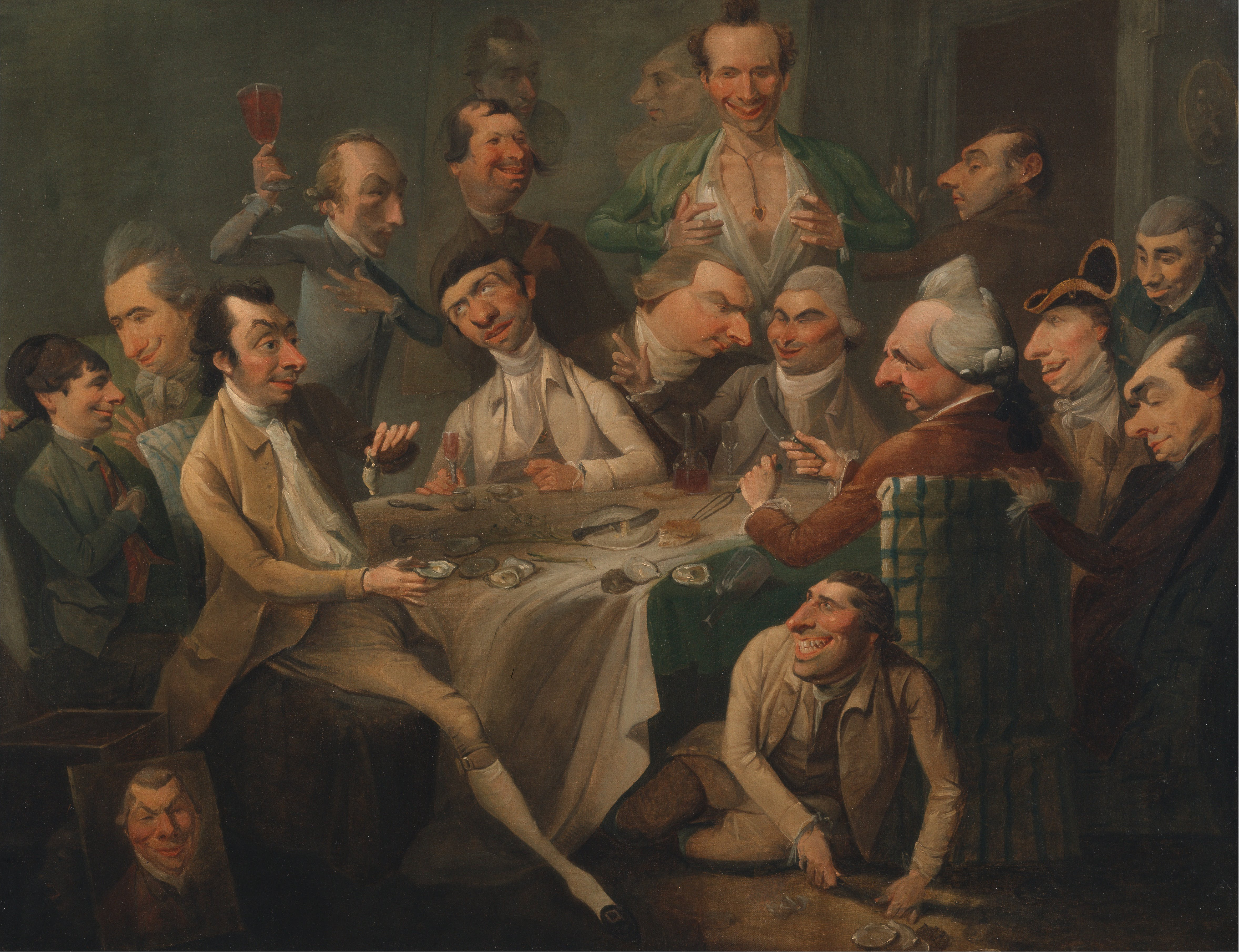|
Mitică
Mitică () is a fictional character who appears in several sketch stories by Romanian writer Ion Luca Caragiale. The character's name is a common hypocoristic form of ''Dumitru'' or ''Dimitrie'' (Romanian for ''Demetrius''). He is one of the best-known figures in Caragiale's 1901 collection '' Momente şi schiţe'', as well as in Romanian humor at large. Mitică is a male resident of Bucharest whose background and status are not always clear, generally seen as an allegory of the average Bucharester or through extension, inhabitants of Romania's southern regions—Wallachia and Muntenia. According to accounts, he was based on a resident of Sinaia, whom Caragiale had befriended. Caragiale used Mitică as a stock character to feature in satirical contexts; the biographical insights he provided are short and often contradict each other. Among Mitică's traits are his tendency to generate sarcastic comebacks and sententious catchphrases, a Francized speech, as well as inclinations to ... [...More Info...] [...Related Items...] OR: [Wikipedia] [Google] [Baidu] |
Ion Luca Caragiale
Ion Luca Caragiale (; According to his birth certificate, published and discussed by Constantin Popescu-Cadem in ''Manuscriptum'', Vol. VIII, Nr. 2, 1977, pp. 179–184 – 9 June 1912), commonly referred to as I. L. Caragiale, was a Romanians, Romanian playwright, short story writer, poet, theater manager, political commentator and journalist. Leaving behind an important cultural legacy, he is considered one of the greatest playwrights in Romanian language and Literature of Romania, literature, as well as one of its most important writers and a leading representative of Romanian humor, local humour. Alongside Mihai Eminescu, Ioan Slavici and Ion Creangă (writer), Ion Creangă, he is seen as one of the main representatives of ''Junimea'', an influential literary society with which he nonetheless parted during the second half of his life. His work, spanning four decades, covers the ground between Neoclassicism, Realism (arts), Realism, and Naturalism (literature), Naturalism, bui ... [...More Info...] [...Related Items...] OR: [Wikipedia] [Google] [Baidu] |
De Ce Trag Clopotele, Mitică?
''Carnival Scenes'' (, literally, "Why the bells are ringing, Mitică?") is a 1981 Romanian comedy film directed by Lucian Pintilie. It was banned in Romania and was not shown until after the 1989 revolution. The film was selected as the Romanian entry for the Best Foreign Language Film at the 63rd Academy Awards, but was not accepted as a nominee.Margaret Herrick Library, Academy of Motion Picture Arts and Sciences Cast * Victor Rebengiuc as Pampon * as Mița Baston * (as Crăcănel) * Tora Vasilescu as Didina Mazu * Gheorghe Dinică as Nae * Mircea Diaconu as Iordache * Ștefan Bănică * Tamara Buciuceanu * See also * List of submissions to the 63rd Academy Awards for Best Foreign Language Film * List of Romanian submissions for the Academy Award for Best Foreign Language Film Romania began submitting for the Academy Award for Best International Feature Film in 1966. As of 2022, Romania has submitted thirty-eight films for Oscar consideration, scoring its first nomin ... [...More Info...] [...Related Items...] OR: [Wikipedia] [Google] [Baidu] |
Demetrius
Demetrius is the Latinization of names, Latinized form of the Ancient Greek male name, male Greek given names, given name ''Dēmḗtrios'' (), meaning "devoted to goddess Demeter". Alternate forms include Demetrios, Dimitrios, Dimitris, Dmytro, Dimitri, Dimitrie, Dimitar, Dumitru, Demitri, Dhimitër, Dimitrije and Zmicier, in addition to other forms (such as Russian language, Russian Dmitry) descended from it. Nicknames include Demmie, Dimmie, Demi, Jim, Jimmy, Jimmie, Metry, Metrie, Mimmie, Demetri, Dmitri, Mitică, Mitya and Dima. Demetrius and its variations may refer to the following: Real people Ancient *Demetrius of Alopece, 4th century BC Greek sculptor noted for his realism *Demetrius of Phalerum ( – BC) *Demetrius (somatophylax), Somatophylakes, somatophylax of Alexander the Great (d. 330 BC) *Demetrius I of Macedon (337–283 BC), called ''Poliorcetes'', son of Antigonus I Monophthalmus, King of Macedonia (ancient kingdom), Macedonia 294–288 BC *Demetrius the ... [...More Info...] [...Related Items...] OR: [Wikipedia] [Google] [Baidu] |
Wallachia
Wallachia or Walachia (; ; : , : ) is a historical and geographical region of modern-day Romania. It is situated north of the Lower Danube and south of the Southern Carpathians. Wallachia was traditionally divided into two sections, Muntenia (Greater Wallachia) and Oltenia (Lesser Wallachia). Dobruja could sometimes be considered a third section due to its proximity and brief rule over it. Wallachia as a whole is sometimes referred to as Muntenia through identification with the larger of the two traditional sections. Wallachia was founded as a principality in the early 14th century by Basarab I after a rebellion against Charles I of Hungary, although the first mention of the territory of Wallachia west of the river Olt dates to a charter given to the voivode Seneslau in 1246 by Béla IV of Hungary. In 1417, Wallachia was forced to accept the suzerainty of the Ottoman Empire; this lasted until the 19th century. In 1859, Wallachia united with Moldavia to form the Un ... [...More Info...] [...Related Items...] OR: [Wikipedia] [Google] [Baidu] |
Ion Theodorescu-Sion - Cei Cari Fac Pe Râioşii, Furnica, 30 Apr 1909
An ion () is an atom or molecule with a net electrical charge. The charge of an electron is considered to be negative by convention and this charge is equal and opposite to the charge of a proton, which is considered to be positive by convention. The net charge of an ion is not zero because its total number of electrons is unequal to its total number of protons. A cation is a positively charged ion with fewer electrons than protons (e.g. K+ (potassium ion)) while an anion is a negatively charged ion with more electrons than protons (e.g. Cl− (chloride ion) and OH− (hydroxide ion)). Opposite electric charges are pulled towards one another by electrostatic force, so cations and anions attract each other and readily form ionic compounds. Ions consisting of only a single atom are termed ''monatomic ions'', ''atomic ions'' or ''simple ions'', while ions consisting of two or more atoms are termed polyatomic ions or ''molecular ions''. If only a + or − is present, it indicates ... [...More Info...] [...Related Items...] OR: [Wikipedia] [Google] [Baidu] |
History Of Bucharest
The history of Bucharest covers the time from the early settlements on the locality's territory (and that of the surrounding area in Ilfov County) until its modern existence as a city, capital of Wallachia, and present-day capital of Romania. Prehistory The territory of present-day Bucharest has been inhabited since the Palaeolithic age. The earliest evidence of human life in this region dates from this period and includes flint tools found in the area of the shore, or around the Lake Fundeni, Fundeni Lake. At that time, all this area where Bucharest is now located was covered by forests. Settlements appeared as well later during the Neolithic period along the Dâmbovița (river), Dâmbovița and Colentina (river), Colentina rivers. The oldest Neolithic dwellings on the territory of the capital have been discovered in the Dudești, Bucharest, Dudești neighbourhood, at Fundeni, Bucharest, Fundeni, and at Roșu. Later archaeological research also revealed later Neolithic sett ... [...More Info...] [...Related Items...] OR: [Wikipedia] [Google] [Baidu] |
Lache And Mache
The Lache ( ; sometimes simply Lache) is a housing estate in the city of Chester, in Cheshire, United Kingdom, with a population of around 10,000. It is located approximately southwest of the ancient city, with good local transport links en route to Saltney. The main streets are Cliveden Road, which runs through the centre of the estate, and Sycamore Drive. The area runs almost continuously into Westminster Park and Saltney. Etymology The etymology of the word Lache likely derives from the Old English word 'loecc, from an earlier word 'lacu' and meaning water. It therefore suggests The Lache was originally situated nearby to a body of water. There is another place in Cheshire called Shocklach which has a similar etymology. Facilities The Lache has two churches: St Mark's (Church of England) on St. Marks Road, and St. Clare's (Roman Catholic) on Downsfield Road. There are a number of shops including an off-licence, a hairdresser, a bakery, a food bank and a newsagent. There a ... [...More Info...] [...Related Items...] OR: [Wikipedia] [Google] [Baidu] |
Civil Servant
The civil service is a collective term for a sector of government composed mainly of career civil service personnel hired rather than elected, whose institutional tenure typically survives transitions of political leadership. A civil service official, also known as a public servant or public employee, is a person employed in the public sector by a government department or agency for public sector undertakings. Civil servants work for central and local governments, and answer to the government, not a political party. The extent of civil servants of a state as part of the "civil service" varies from country to country. In the United Kingdom (UK), for instance, only Crown (national government) employees are referred to as "civil servants" whereas employees of local authorities (counties, cities and similar administrations) are generally referred to as "local government officers", who are considered public servants but not civil servants. Thus, in the UK, a civil servant is a public ... [...More Info...] [...Related Items...] OR: [Wikipedia] [Google] [Baidu] |
Caricature
A caricature is a rendered image showing the features of its subject in a simplified or exaggerated way through sketching, pencil strokes, or other artistic drawings (compare to: cartoon). Caricatures can be either insulting or complimentary, and can serve a political purpose, be drawn solely for entertainment, or for a combination of both. Caricatures of politicians are commonly used in newspapers and news magazines as political cartoons, while caricatures of movie stars are often found in entertainment magazines. In literature, a ''caricature'' is a distorted representation of a person in a way that exaggeration, exaggerates some characteristics and oversimplifies others. Etymology The term is derived for the Italian ''caricare''—to charge or load. An early definition occurs in the English doctor Thomas Browne's ''Christian Morals'', published posthumously in 1716. with the footnote: Thus, the word "caricature" essentially means a "loaded portrait". In 18th-centu ... [...More Info...] [...Related Items...] OR: [Wikipedia] [Google] [Baidu] |
Common Noun
In grammar, a noun is a word that represents a concrete or abstract thing, like living creatures, places, actions, qualities, states of existence, and ideas. A noun may serve as an object or subject within a phrase, clause, or sentence.Example nouns for: * Living creatures (including people, alive, dead, or imaginary): ''mushrooms, dogs, Afro-Caribbeans, rosebushes, Mandela, bacteria, Klingons'', etc. * Physical objects: ''hammers, pencils, Earth, guitars, atoms, stones, boots, shadows'', etc. * Places: ''closets, temples, rivers, Antarctica, houses, Uluru, utopia'', etc. * Actions of individuals or groups: ''swimming, exercises, cough, explosions, flight, electrification, embezzlement'', etc. * Physical qualities: ''colors, lengths, porosity, weights, roundness, symmetry, solidity,'' etc. * Mental or bodily states: ''jealousy, sleep, joy, headache, confusion'', etc. In linguistics, nouns constitute a lexical category (part of speech) defined according to how its members combi ... [...More Info...] [...Related Items...] OR: [Wikipedia] [Google] [Baidu] |
Catchphrase
A catchphrase (alternatively spelled catch phrase) is a phrase or expression recognized by its repeated utterance. Such phrases often originate in popular culture and in the arts, and typically spread through word of mouth and a variety of mass media (such as films, internet, literature and publishing, television, and radio). Some become the de facto or literal "trademark" or "signature" of the person or character with whom they originated, and can be instrumental in the typecasting (acting), typecasting of a particular actor. Catchphrases are often humorous, can be (or become) the punch line of a joke, or a callback (comedy), callback reminder of a previous joke. Culture According to Richard Harris, a psychology professor at Kansas State University who studied why people like to cite films in social situations, using film quotes in everyday conversation is similar to telling a joke and a way to form solidarity with others. "People are doing it to feel good about themselves, to m ... [...More Info...] [...Related Items...] OR: [Wikipedia] [Google] [Baidu] |




